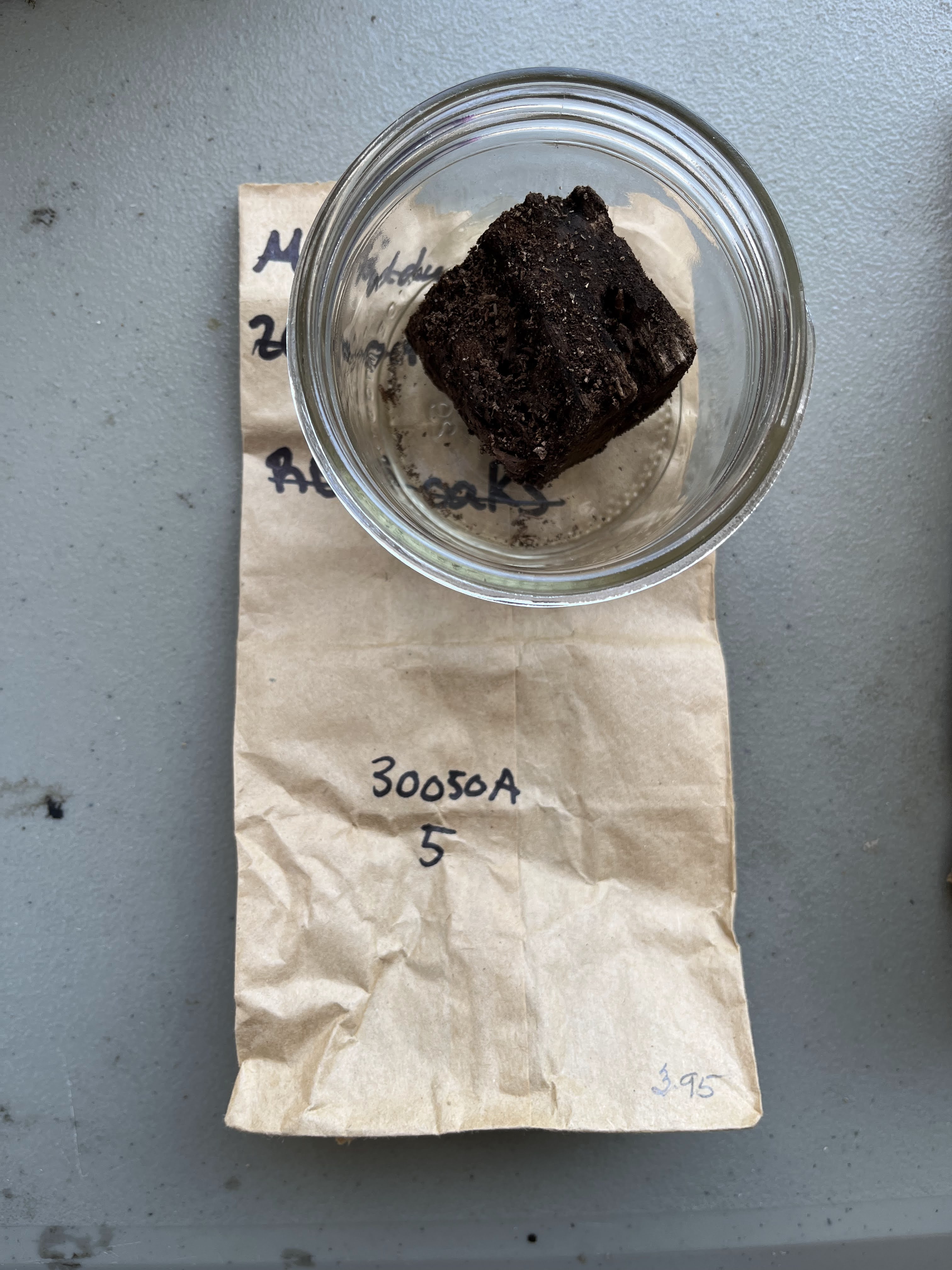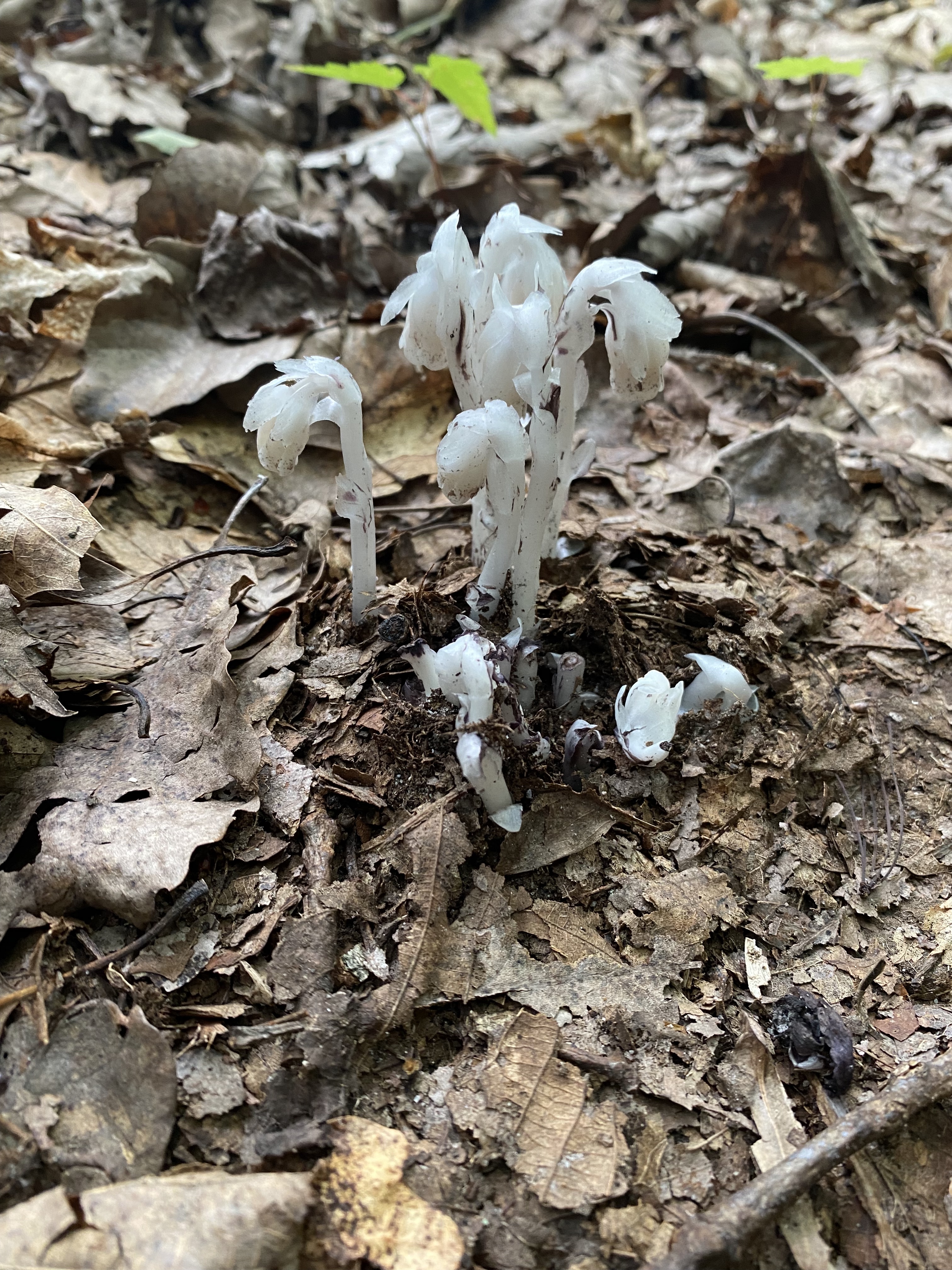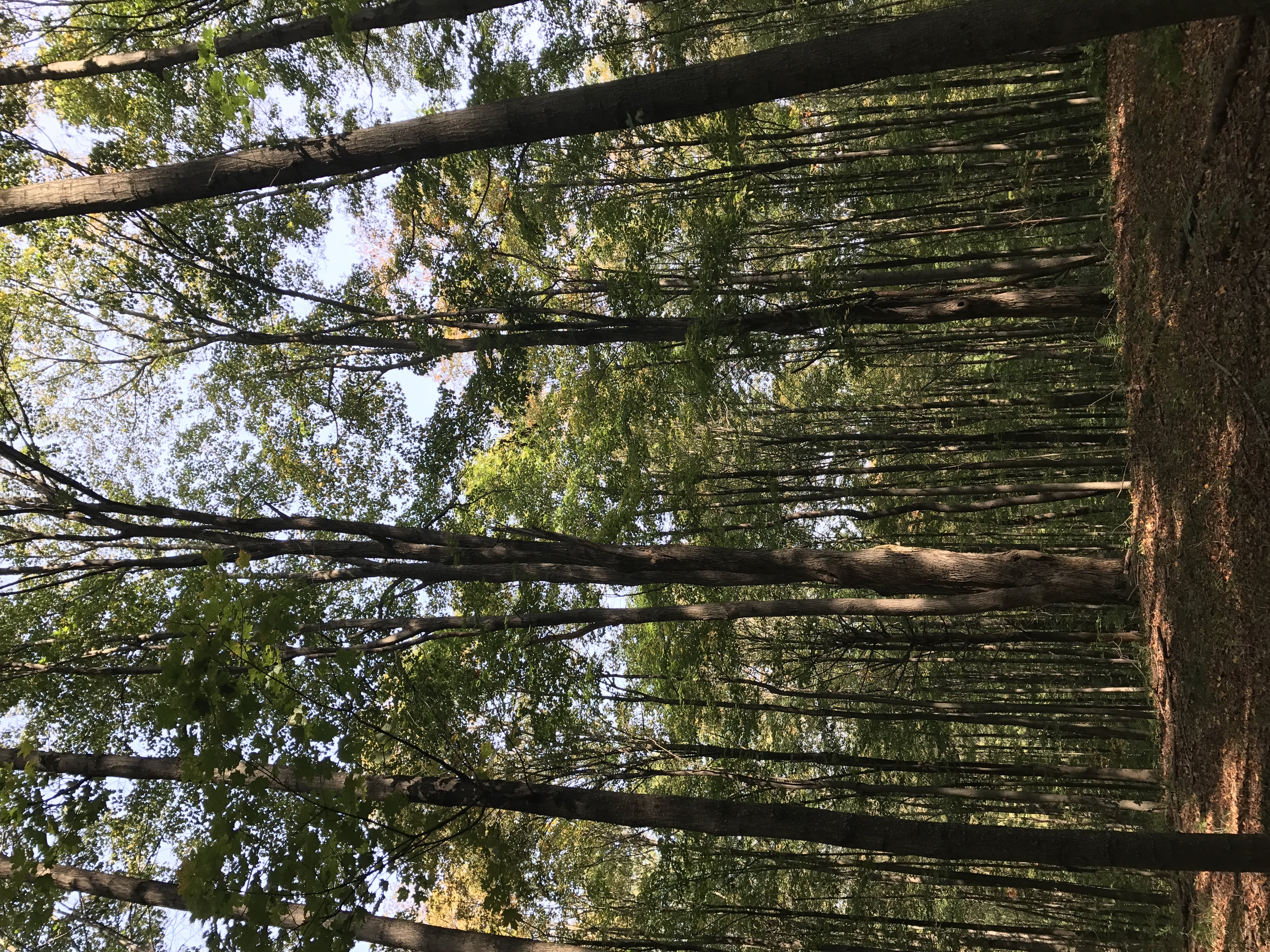A collection of photos from the field, life, and good hikes!
 National Geographic photographer or residriller? I am using an instrument called a resistograph drill in order to determine how hollow trees in the savanna are - although the tripod makes it seem like I’m on a photography expedition, I actually use it to keep the drill still as I measure trees.
National Geographic photographer or residriller? I am using an instrument called a resistograph drill in order to determine how hollow trees in the savanna are - although the tripod makes it seem like I’m on a photography expedition, I actually use it to keep the drill still as I measure trees.
 A snapshot of the wood decay process from the Smithsonian Environmental Research Center. Pictured is a decay class 5 piece of wood, a thoroughly decomposed sample that is in its final stages of breakdown.
A snapshot of the wood decay process from the Smithsonian Environmental Research Center. Pictured is a decay class 5 piece of wood, a thoroughly decomposed sample that is in its final stages of breakdown.
 In celebration of Becca’s successful PhD defense in the spring of 2022, we whipped up a termite mound cake for our favorite termite queen! There is no better way to celebrate a dissertation full of Australian termite research than with a themed cake.
In celebration of Becca’s successful PhD defense in the spring of 2022, we whipped up a termite mound cake for our favorite termite queen! There is no better way to celebrate a dissertation full of Australian termite research than with a themed cake.
The biggest termite mound that I have ever seen, spotted in Litchfield National Park outside of Darwin, Northern Territory. This species, Nasutitermes triodiae, builds massive ‘cathedral mounds’ that impress termitologists and tourists alike.
 An evening by the fire at Pennyweight Station, Brooklyn Wildlife Sanctuary, Far North Queensland Australia. Michaela (an REU student) and I worked hard together to sample savanna trees for internal stem damage at this stunning site.
An evening by the fire at Pennyweight Station, Brooklyn Wildlife Sanctuary, Far North Queensland Australia. Michaela (an REU student) and I worked hard together to sample savanna trees for internal stem damage at this stunning site.
 ‘Ghost pipes’ (Monotropa uniflora) spotted in the Shenandoahs - this unique plant prefers parasitism to photosynthesis, obtaining nutrients by tapping into tree roots through mycorrhizal networks to obtain nutrients necessary for growth
‘Ghost pipes’ (Monotropa uniflora) spotted in the Shenandoahs - this unique plant prefers parasitism to photosynthesis, obtaining nutrients by tapping into tree roots through mycorrhizal networks to obtain nutrients necessary for growth
 Impressive cloud formations after a long day of summer field work at the Smithsonian Environmental Research Center in Edgewater, MD
Impressive cloud formations after a long day of summer field work at the Smithsonian Environmental Research Center in Edgewater, MD
 The 17-year cicada emergence in Washington, DC made for an eventful spring in 2021. These cicadas from ‘Brood X’ have waited underground, quitely feeding on plant roots and waiting for their synchronized emergence as nymphs. Emerged nymphs will ascend tree trunks, shed their exoskeleton, and begin their brief adult life as they search for a mate in the treetops. Fun fact: Brood X is comprised of three different cicada species (Magicicada septendecim, Magicicada cassinii and Magicicada septendecula), all with unique male mating songs!
The 17-year cicada emergence in Washington, DC made for an eventful spring in 2021. These cicadas from ‘Brood X’ have waited underground, quitely feeding on plant roots and waiting for their synchronized emergence as nymphs. Emerged nymphs will ascend tree trunks, shed their exoskeleton, and begin their brief adult life as they search for a mate in the treetops. Fun fact: Brood X is comprised of three different cicada species (Magicicada septendecim, Magicicada cassinii and Magicicada septendecula), all with unique male mating songs!
Liberty Hyde Bailey Conservatory, Cornell University
A quaint rainbow over Cayuga Lake, Ithaca NY
 Snorkel selfie in the Great Barrier Reef of the Cairns coastline in North Queensland, Australia
Snorkel selfie in the Great Barrier Reef of the Cairns coastline in North Queensland, Australia
 Cornell University’s Arnot Forest
Cornell University’s Arnot Forest
Te Rerenga Wairua (Cape Reinga), New Zealand - where the Tasman Sea meets the Pacific Ocean